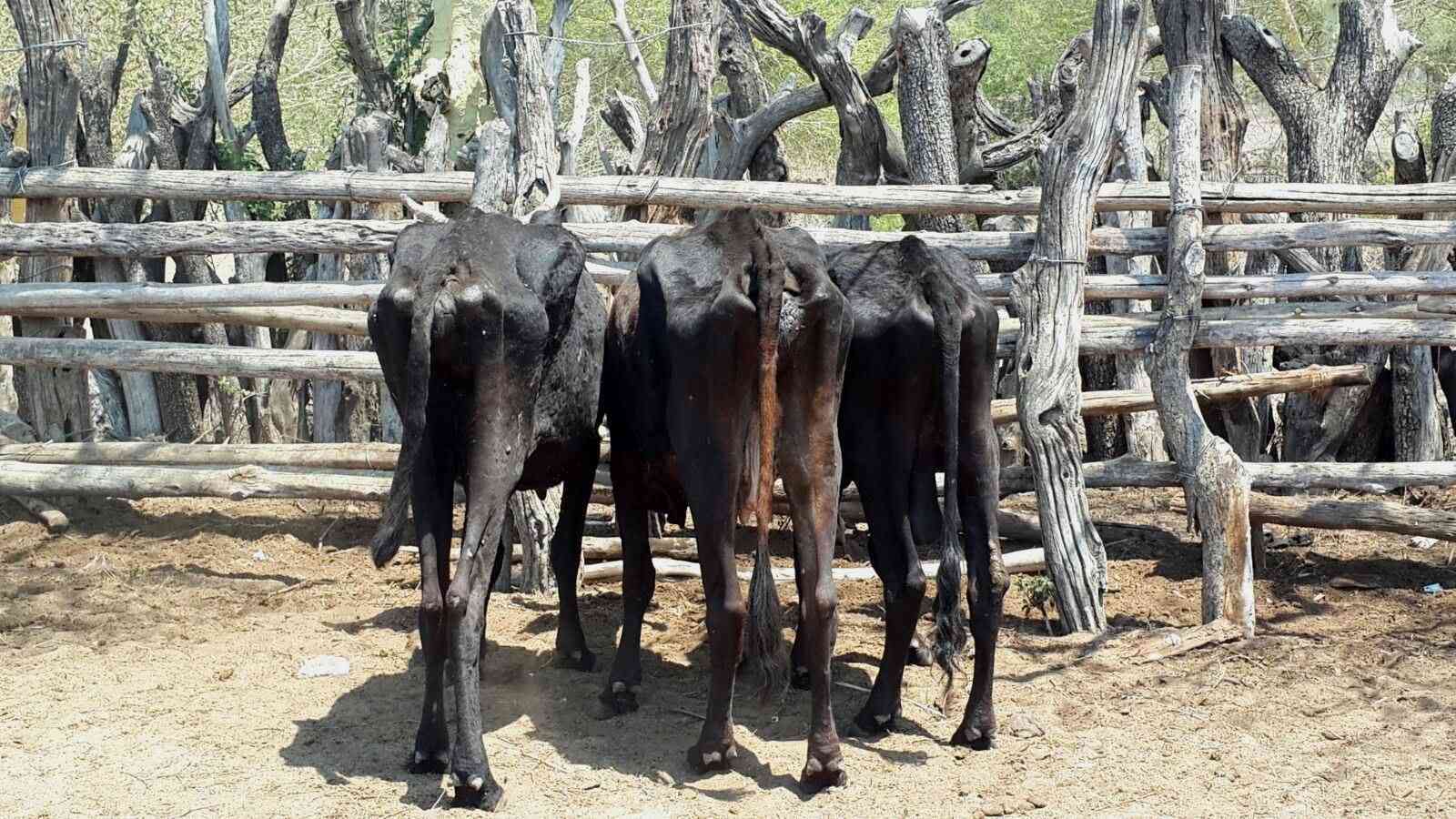
AGRICULTURE deputy minister David Marapira has bemoaned the setbacks brought to the livestock sector by the COVID-19 era and the ongoing El Nino phenomenon.
Speaking at the Country-Specific Feed and Fodder Multi-Stakeholder Platform held in Harare on Monday, Marapira said besides contributing to low productivity and high mortality rate among animals, the period has also seen a shortage of raw materials, inputs, and shrinking export markets.
“The livestock sector, like all other sectors in Zimbabwe, has not been spared by the negative effects of the current and ongoing global crises such as recurrent droughts and other climatic vagaries, effects of the COVID-19 era, Russia/Ukraine war,” he said.
“These have contributed, either directly or indirectly to low production and productivity of the basic source of feed for grazing livestock has been negatively impacted by the droughts, white stock feed manufacture has been negatively impacted in terms of raw materials and other inputs availability, labor, and market access.”
“The crises have exposed the significant weaknesses and vulnerabilities in the country's feed and fodder input. Feed constitutes about 70-80% of the cost of production of livestock.”
He noted that the sector is also facing other challenges like financing, poor genetic diversity, and inadequate livestock nutrition among other issues impacting the cost of production.
“The major challenges affecting the livestock sector include Inadequate availability of livestock nutrition (reed, pastures, fodder, water, and degraded rangelands), Animal health, sanitary and food safety issues; Poor genetic diversity; Limited Access to infrastructure suitable for accessing lucrative domestic, regional and international markets and inadequate financial resources,” he noted.
He noted that the government has tried to address some of the challenges through the Livestock Growth Plan.
- Mavhunga puts DeMbare into Chibuku quarterfinals
- Bulls to charge into Zimbabwe gold stocks
- Ndiraya concerned as goals dry up
- Letters: How solar power is transforming African farms
Keep Reading
“To address these challenges, the government prepared the Livestock Growth Plan, a blueprint with strategies to improve livestock production and productivity. One of the pillars addressed in the growth plan is Livestock Nutrition,” he said.
“This is a giant step towards setting the project in motion, as we strive to build resilience in the feed and fodder sector and to reduce livestock deaths due to hunger,” Marapira said.
Marapira said the program is in line with the NDS1 emphasising its implementation adding that the livestock sector contributes significantly to the economy of Zimbabwe,
“The growth of the sub-sector has been characterized by low production and productivity as evidenced by low off-take, low fertility, high mortality and morbidity, low carcass weight, poor quality, and inability to effectively compete in export markets.”
He noted that with the right plan, the smallholder sector has the potential to become the mainstream performance indicator as the majority of the livestock is within the sector.
“Zimbabwe's smallholder system has the potential to grow and become the mainstream of the livestock sector's performance indicator. The livestock sector has been identified as an important element of the Food Systems and Rural Transformation Strategy Livestock and livestock products contribute significantly to the economy of Zimbabwe, with cattle accounting for 35-38 percent of the Gross Domestic Product (GDP) contributed to the Agricultural Sector,” he said.
He said that livestock provides food security and serves as a household investment for rural livelihoods.
He called for the inclusion of women in rural livelihoods, and food systems.
“Up to 45 percent of rural households are estimated to own cattle, 60-80% own goats, and over 80% own chickens. The importance of livestock in rural livelihoods and food security lies in the provision of meat, milk, eggs, hides & skins, draught power, and manure. They also act as strategic household investments.”
“Lastly, as we move towards inclusivity and reducing hunger and malnutrition, the government of Zimbabwe realizes the important role of women in rural livelihoods, and food systems,” he said.
“Therefore, this continental initiative is very much welcome to Zimbabwe and is in keeping with- the livestock growth plan which was crafted to address the challenges bedeviling the livestock subsector.”








